I'm dealing with deep learning and medical image classification with it. I use brain MRI data and convert them into jpg. Then VGG16 is used for training. When I check the loss, accuracy, validation loss and validation accuracy, I see the graphs below.
The accuracy and val_accuracy stuck at some iteration. When I augment the data with rotation in different angles, the result is similar. How can I get rid of it? Is that because of VGG16 model or my dataset? I also add my model's graph from tensorboard, you can check.
It's about my thesis and I couldn't find helpful information after days spent on research. This site is my last hope. Thanks in advance.




